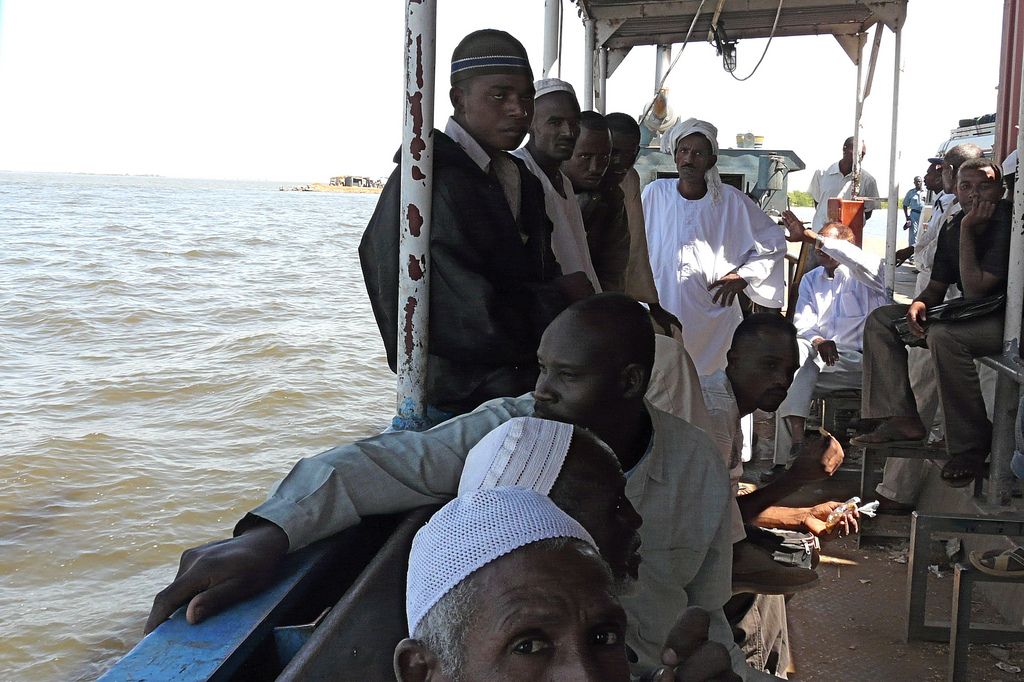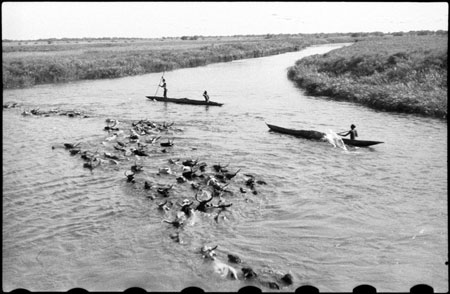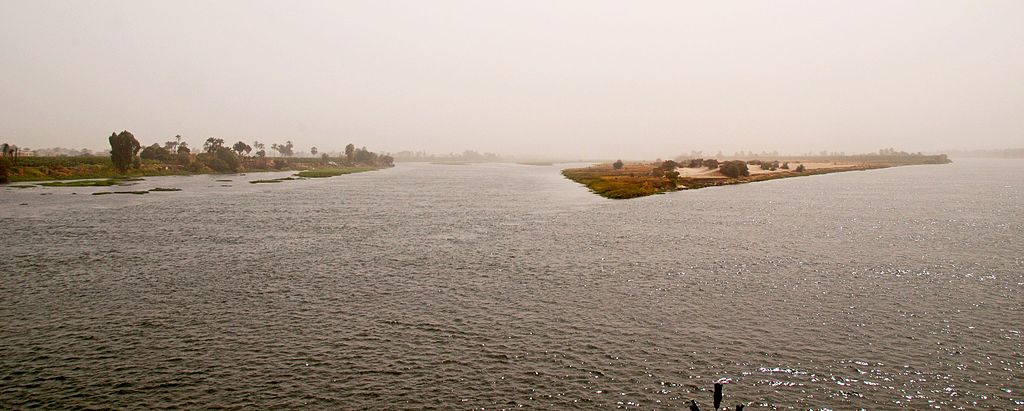Current Crisis



During the civil war which lasted for over four decades, the population in these regions had been trapped in a vicious circle: of stricken poverty, chronic diseases, and extreme insecurity, which resulted in unimaginable chaos as the whole population are deprived of the base’s needs, dispossessed, displaced, demoralized, frightened and there are no obvious ways to help them than the inadequate short-term relief supplies which come to them through the airs’ lifts because the whole country is landlocked. Now, poverty does not only rule their world, but it also threatens the very foundations of this fragile independence and order of their society. While a tiny number of the people would be seen driving around some propelled vehicles in the capital – showing off their social status – they are still in the same boat with the rest of the population because they could not even travel to see their relative who is trapped in other cities and in the rural regions.
Poverty is a multi-dimensional problem that encompasses a state of total deprivation of the individual, in terms of social, healthcare, and educational opportunities provided to him/ her. Thus, poverty stands in the path as an obstacle for individuals to tap their full potential and undermines the overall prosperity of the population

You will not find a spot anywhere over the River Nile in Greater Upper Nile where you would like to cross over the River Nile safely without endangering your possessions or risking your life. You will never find a spot where both sides of the West Bank and East bank of the River Nile are closely safe, even, level, and clean, have less current, less infested with hippos, and have no large semiaquatic reptiles. Thousands of people lost their lives and millions of animals and livestock too perished amid crossing the River Nile in these regions. This is the biggest crisis than the food shortages. Our vision now is to build the crossing bridges in the regions that will drastically save lives and significantly improved security and mitigates all other crises.

Bridge Fund Management project was launched to raise sufficient funds to build the crossing | opening bridges in Koo and other spotted areas marked as dangerous to cross River Nile. There have been long experiments, discussions, and numerous assessments on how to reduce death, save lives, and mitigate the impact of changing river volumes and different floodplain terrain in experimental trials with the designers of the bridges, civil engineers, architects, and road builders in these regions. Unlike the other two regions, Greater Equatoria, and Bahr el Ghazal, Koo and most of the Greater Upper Nile is the low land regions which explained why every year millions of people were reported as missed or risked their possessions or drowned amid crossing the River Nile. There have been too many rains in these regions most times of the year which added to the wildest “upstream” to River Nile at different flow rates and to different potential flood conditions. For the past fifty years, various social and political groups and governments had recommended the bridges to be built in Koo | other areas in Greater Upper Nile to save millions of lives of people. Though these regions are total landlocked, the engineers’ and the architects’ assessments say that with the present advanced technology this project will cost less, and the three pieces of works will be delivered and completed within estimated timescales approximately from 12 -to- 18 months, according, of course, the availability of the machinery, labor forces and sufficient funds needed to complete the task. The project intends to raise $150m -$300m US dollars. And will drastically mitigate all other crises, improved security, increase trade, and will reduce the people’s dependency on handouts. We urge the reader to visit the website and make your donation online to the project.
Crossing | Opening Bridge Will Saves Millions Of Lives | Slashes Travel Times!




